Blood
Through the blood vessels in the human body, blood is transmitted through the continuous flow of red-colored opaque, elegant alkaline, sticky, lsaline-type liquid coupler tissue. A healthy man has approximately 5 to 6 liters of blood, ie 8% of total physical weight. Blood is slightly alkaline. Its pH levels are 7.35-7.45 and the temperature is 36-38 degrees Celsius. Relative importance of blood is more than water, approximately 1.065 Blood salt for the inhalation of inorganic salts. Blood is transmitted to all parts of the body through precise carcasses.
Blood components
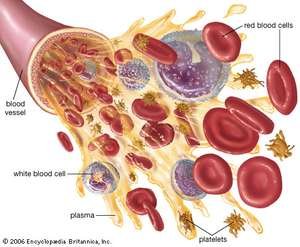
source
The blood is divided into two strands of the centrifugal device in the test tube three times in a minute, three times in a minute, and blood is divided into two groups. About 55% of the upper light color is plasma and plasma and the remaining 45% of its own carcinoma. Normally blood tissues are floating in the plasma. Due to the excess of red blood, the blood turns red.
2 types of Blood
* Plasma
*Blood corpuscles
Plasma
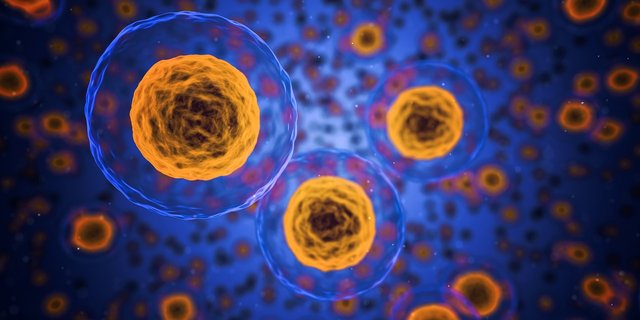
source
Plasmodium is a fluid part of the light yellow color of the blood. The amount of water is 90-92% and solids content is 8-10%. Plasma solids consists of 7-8% organic and 9% of inorganic organic compounds. In addition, some types of gases are also found in plasma.
Plasma work
After digestion, the blood vessels of the body are carried out in various tissues and organs. The waste products that are released from the tissue are taken into the liver for irrigation. Most of the tissues of carbon dioxide dissolve in blood plasma as Bicarbonate. Very low oxygen is carried in it. Oxygen is first dissolved in blood plasma before it is mixed with red blood cells. Plasma is carried out in different organs such as hormones, enzymes, lipids, etc. Blood plasma protects the acidic alkali balance of blood.
Blood Corpuscles
Blood plasma is a type of blood vessel called various types of cells. Blood type is mainly of 3 types.
- Red blood cells
- White blood cells
- Molecular blood cells
Red blood cells or erythrocytes
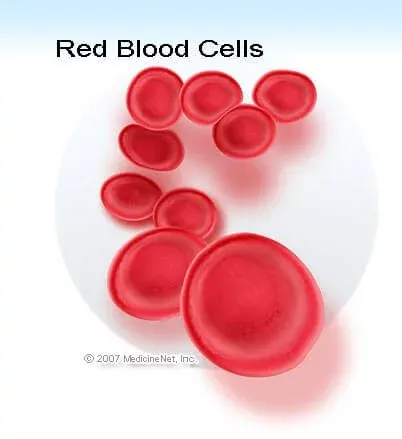
source
The human being has red blood cellular spheres, biconvulsants, discs with nucleus and red color. Its edges are smooth and thicker than the middle. The turned particles are very flexible and elastic. The average diameter of every red blood cellar is 7.3 micrometres and the average obesity of 2.2 micrometres.
In the human body of different ages, the number of blood clots in every millimeter of blood is 80-90 lakhs, the baby's body is 60-70 lakh, adult males 50 lakhs, adult females 45 lakhs. The number varies in different physical conditions, such as the number of particles in exercise and during pregnancy. If the number of red blood cells in every millimeter is 25% less than 5 million, then anemia occurs. But if the number is more than 65 million, then it is called polycythemia. Chemicals are 60-70% water and 30-40% solid substances. About 90% of the hard particles are hemoglobin. The remaining 10% is composed of protein, phospholipid, cholesterol, inorganic salts, inorganic phosphate, potassium etc.
Each of the hemoglobin molecules containing the iron called iron and protein called globin is composed of proteins. There are about 16 grams of hemoglobin in every 100 milliliters of blood. There is a heme group with hemoglobin four polypeptide chains. Blood is red for heme groups. Erythrocytes are formed from large embryonic cells called stem cells or hemocytoblast in the bone marrow. Erythropoosis says. Their lifetime is about 4 months. During this period it repeatedly crossed the 1100 kilometers of the wall of the Kaishikanali wall. Their short life span for non-nuclei. The particles are destroyed in the liver and plaque.
The function of red blood cells
Hemoglobin lungs transmit most oxygen and small quantities of carbon dioxide to the body. Its function is to protect blood density and viscosity. Their hemoglobin and other intracellular objects protect acid acids in the blood as buffers. Platypitis contains antigen proteins which are responsible for the blood grouping of people. And these particles produce bilirubin and biliverdin in the blood.
White blood cells
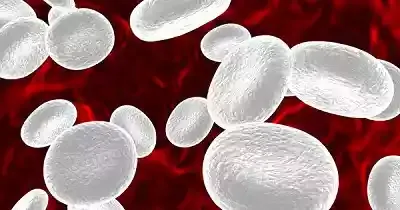
source
Large cells with human particles, hemoglobin, irregular and nucleus. They destroy the germs in the process of hemoglobin phagocytosis. Men's white blood cells are unmissed. Size changes if needed. The nucleus is first round or oval. But with the growth of the gourd and horse caskets. Nucleus sitoplasmic pressure stays on the other side. They are larger than red blood cells, according to the average diameter of the diameter of the size of 7.5 - 20 micrometres. There is 5 to 8 thousand white blood cells in the blood millimeter of the human body. The number of children and sick people increased. The proportion of red blood cells and white blood cells is 1% of 700%.
White blood cells are rich in nucleoproteins and carry glycogen, lipid, cholesterol, ascorbic acid and various proteolytic enzymes. The shape and structure of the white blood cell can be divided into 2 parts.
A) Agranusite
B) Granulocytes
White blood work
Monocytes and neutrophil phagocytosis process by destroying germs. Lymphocytes prevent the disease by creating antibodies. Basophil produces heparin. Which does not let the blood clot in the body. Increasing the immunity of the body by producing granulated leukocyte histamine.
Anatomical blood cells
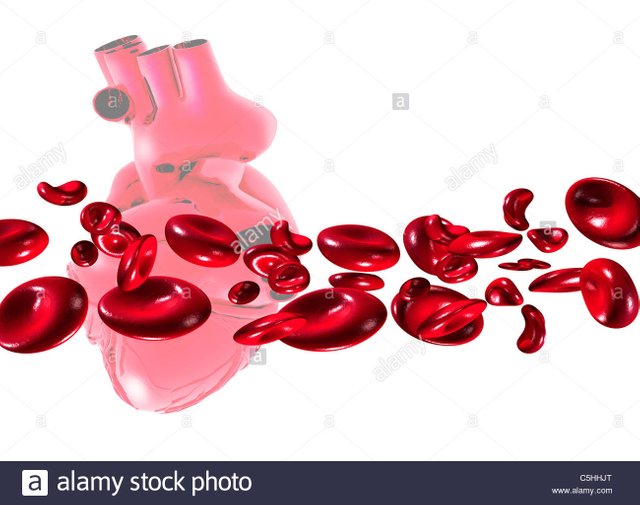
source
They are round, oval, rod-like, but nucleus-free. Their diameter is about 3 micrometres. The human body has 2.5-5 million washbasites per cubic meter. Their number is more in the sick body. Each thrombocyte contains donut cytoplasm, cavity, pinocyte cavity, and other cells in the nucleus and single membrane. It contains proteins and a lot of caffeine called phapholipid. It is produced in red colic. Their average life span is 5-10 days. After the end of life, they are destroyed in the spleen and other atitulo endometrial cells.
Anchor work
Turns off blood flow to wounds. Forming the hemostatic plug, stop bleeding. Reproductive coronary endothelial covering of blood vessels produces chemicals called serotonin, which reduces bleeding by causing contraction of the blood vessels.
.jpg)
Very nice post..
Downvoting a post can decrease pending rewards and make it less visible. Common reasons:
Submit
This is an advertised post
The author of this post or one of his supporters has used one or more paid services to promote this post. This post's valuation and number of upvotes does not represent human curation. This means this post's valuation does not represent community appreciation and should be viewed as advertised content.
If you are new to these services please be warned that bid voting is a huge gamble with little return on investment if not utilized right and might also lead to a net loss.
If you like this service please update this comment for visibility and to support paying for the server costs.
Downvoting a post can decrease pending rewards and make it less visible. Common reasons:
Submit